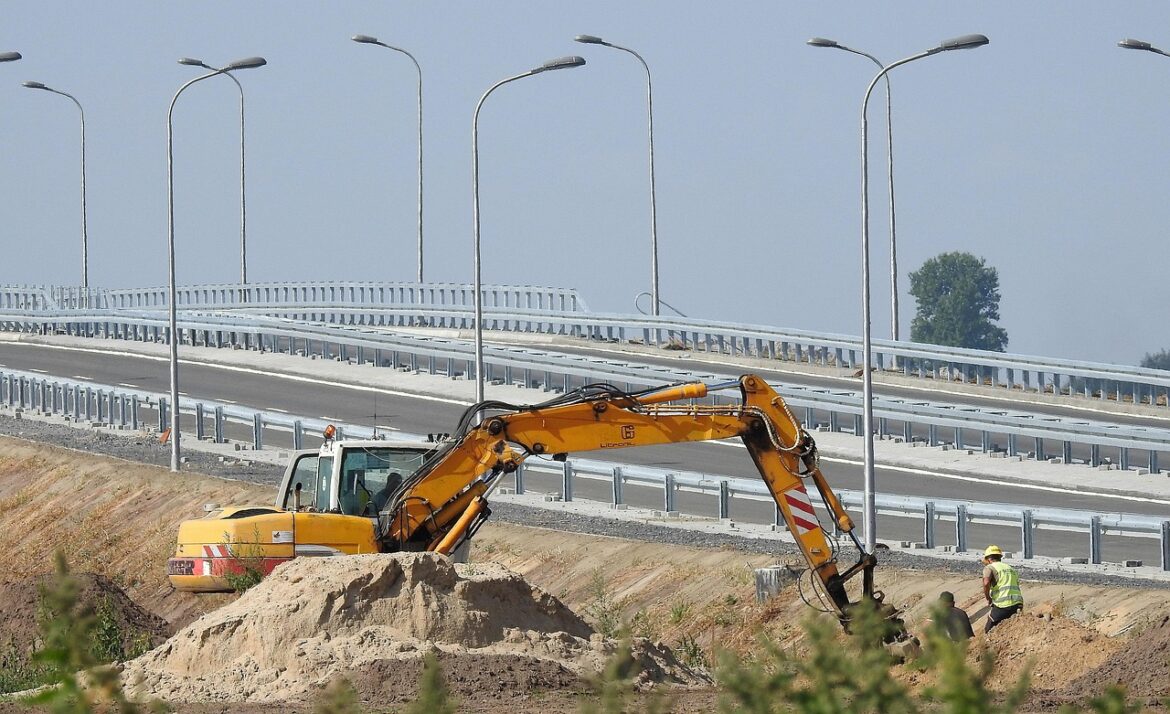The Future Is Now: How Construction Workflows Are Changing in 2025
If you think construction is just about hammers and hard hats, think again. The industry is in the midst of a technological revolution that’s reshaping how projects move from paper to reality. From smart software to cutting-edge building methods, workflows are becoming smoother, faster, and more efficient. Let’s take a peek at what’s really happening on construction sites in 2025.
1. The Rise of AI and Smart Software
Imagine having a digital assistant who never sleeps, predicts delays before they happen, and keeps every aspect of your project perfectly coordinated. That’s what advanced AI-powered project management systems are doing in construction today. Tools like Procore’s AI-enhanced platforms use machine learning to analyze past data, forecast timelines, and spot risks early. Real-time dashboards help teams stay on budget and on schedule.
Construction managers now lean on these systems not just for scheduling but also for safety monitoring, thanks to AI-powered video surveillance that prevents hazards before they turn into accidents. Plus, cloud-based collaboration means teams can access up-to-date info anytime, anywhere, making project communication a breeze.
2. Tackling Labor Shortages with Innovation
The US construction industry is currently facing a labor crunch, needing hundreds of thousands more skilled workers to meet rising demand. But the industry isn’t just waiting around—it’s innovating.
Companies are turning to modular construction, where building sections are created in factories and assembled on-site, cutting construction time dramatically. Robotics are taking over repetitive tasks, freeing workers to focus on skilled jobs. Also, newly launched apprenticeship programs aim to attract fresh talent into construction careers by offering better training and competitive wages.
Think of it like assembling a giant Lego set that’s sped up by robots and smart machines working alongside humans. This combo helps keep projects on track even with fewer hands on deck.
3. Sustainable and Smart Building Materials
Gone are the days when construction meant just concrete and steel. Today’s builders use living materials like bio-concrete that self-repairs using bacteria and fungus-based bricks that reduce environmental impact. These innovative materials enhance durability while helping the planet.
Homes and buildings are also increasingly fitted with smart home technology—centralized systems controlling lighting, heating, security, and appliances. Builders incorporate Internet of Things (IoT) devices during the construction phase so homeowners get seamless tech from day one. This trend is especially popular among younger buyers, boosting resale value and comfort.
4. Real-time Visualizations with BIM, AR, and Drones
Ever wish you could walk through a building before it’s actually there? Building Information Modeling (BIM) combined with augmented reality (AR) and drones brings this wish to life. Stakeholders visualize entire projects virtually before ground is broken, spotting potential issues early and avoiding costly mistakes.
Drones fly over sites to provide real-time monitoring, capturing data that helps managers track progress, safety, and quality. This aerial perspective is like having eyes everywhere, on demand.
5. Resilience and Compliance in Construction
With climate change leading to more extreme weather, builders are focusing on resilience by using stronger, flexible materials and designing flood-resistant structures. Smart sensors embedded in concrete monitor curing and durability over time to ensure long-term safety.
Plus, new construction software now includes modules to track environmental compliance and sustainability goals, making sure projects meet green standards and regulations without added headaches.
Wrapping Up
The story of 2025 construction workflows is one of blending tradition with innovation. AI and smart software streamline project management, while modular building and robotics help fight labor shortages. Sustainable materials and smart tech answer modern buyers’ demands, and visualization tools along with drones keep projects running smoothly.
Are these just shiny new toys? Not at all. They’re practical tools making construction faster, safer, and more efficient. For companies ready to roll with these trends, the future looks built to last.
Whether you’re a builder, project manager, or just a curious observer, these workflow trends reveal an industry coming of age at the intersection of technology and craftsmanship. It’s a construction renaissance you won’t want to miss.
References:
- https://www.fundz.net/blog/building-the-future-trends-reshaping-the-construction-industry-in-2025
- https://www.youtube.com/watch?v=Ajgy98XAues
- https://www.servicetitan.com/blog/residential-construction-market
- https://buildern.com/resources/blog/construction-project-management-software/
- https://www.just-constructionrec.com/the-future-of-construction-hiring-2025-and-beyond
- https://www.engineering.com/nemetschek-recognized-in-verdantix-green-quadrant-for-construction-management-software/
- https://www.ainvest.com/news/procore-technologies-pioneering-ai-construction-groundbreak-2025-growth-catalyst-2507/
- https://www.rib-software.com/en/news/verdantix-green-quadrant-leader



